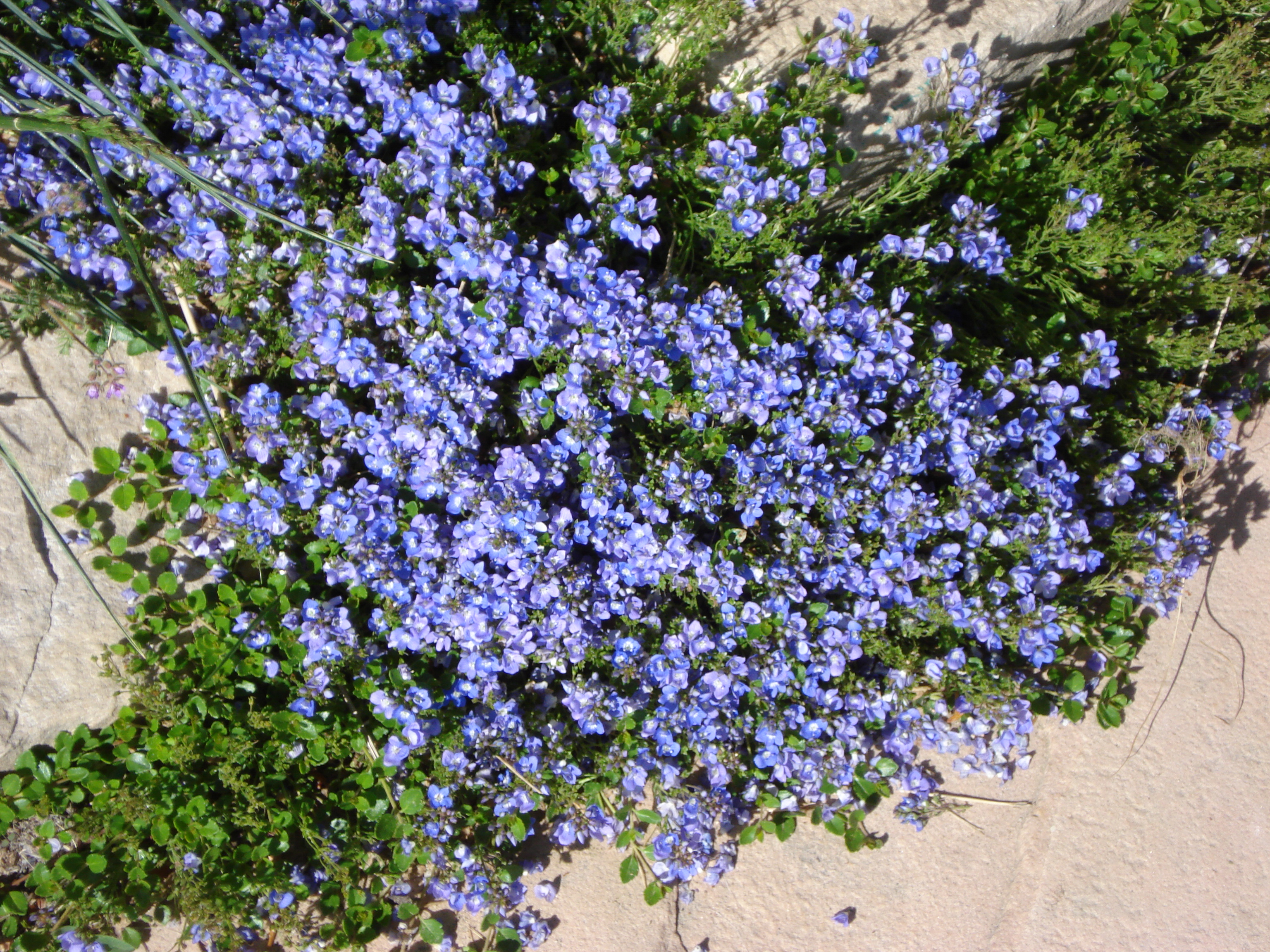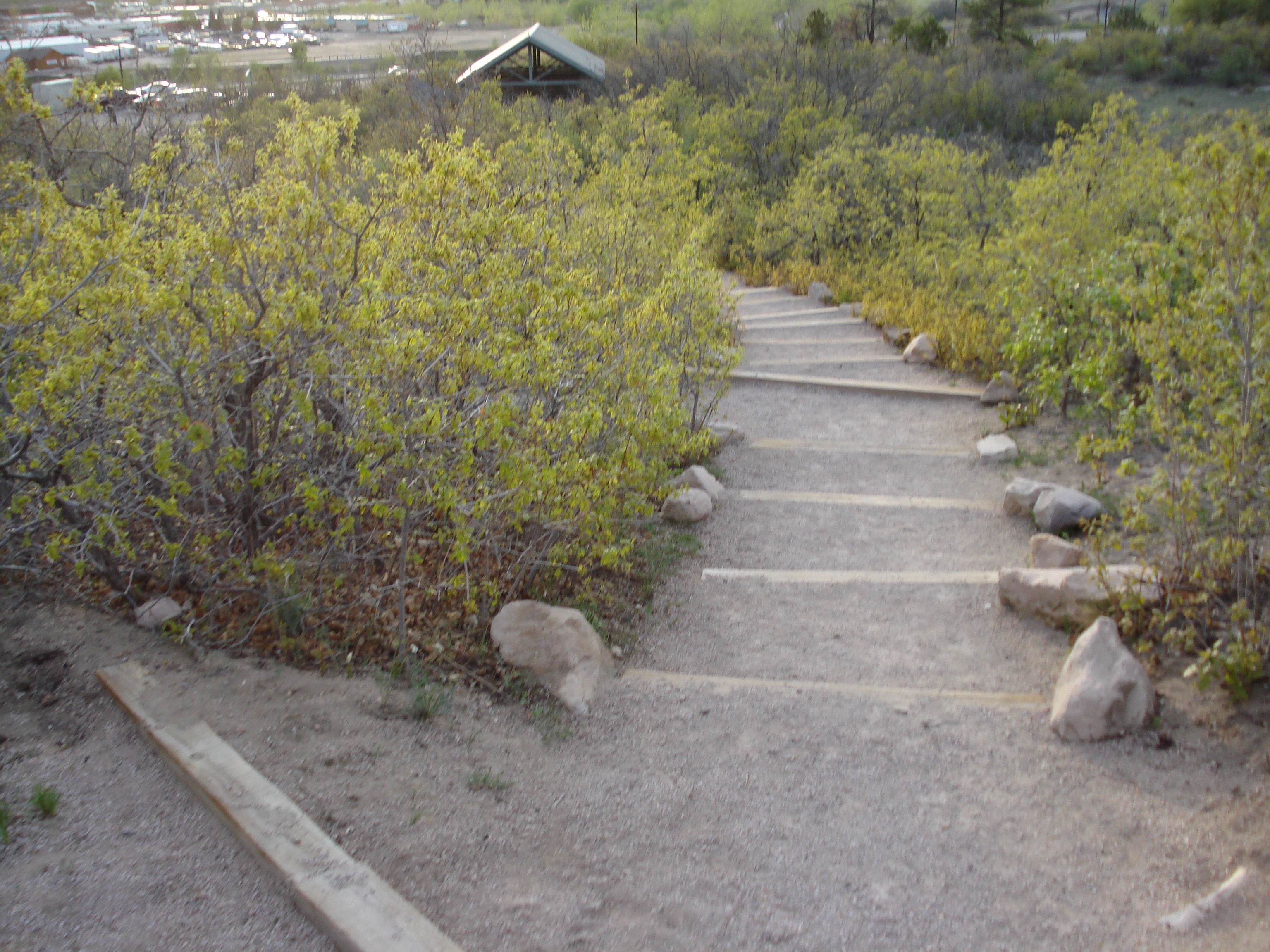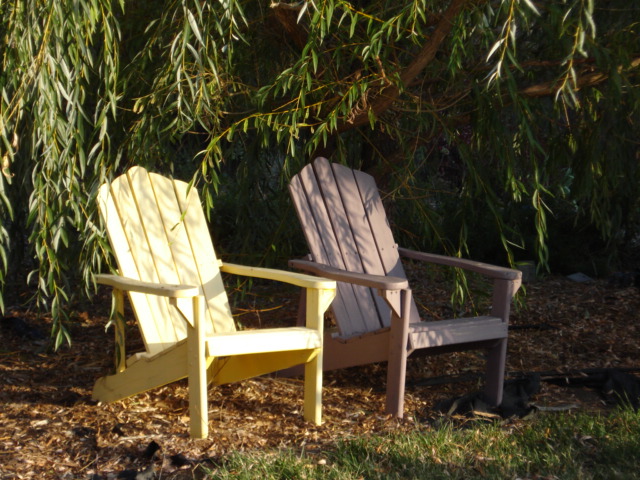
I’ve come to the conclusion that you can tell a great deal about a person’s character based upon the way they tend their yard (“garden” as it’s referred to by our Australian friends, and the term I prefer to use). A correlation can be made to such activities when examining how a person faces life’s challenges, relationships and successes. Granted, not everyone likes to garden; that could be why there are so many landscaping companies available from which to choose. But in that, hiring professionals to maintain one’s property, there shows a level of integrity and concern, a hint to the homeowner’s character.
I’ve spent the past few days dedicated to cleaning up the large garden of my former home, preparing it for the realtor’s photographer and in hopes of making it more appealing to potential buyers. Each feature of the garden brought back memories of its design, installation, and years of maintenance, primarily by the strength of my own hands (and back). I’ve cleared ground, planted trees and flowers, and worked in sun and rain – alone and with family members – to create a garden and peaceful retreat in nature. It’s a park-like setting and a lovely sanctuary when it’s all cleaned up!
My days of pulling weeds have been many. The depleting strength in my arms bear witness to years of stem grabbing, ground softening, and roots breaking under my hands’ pressure to release their rooted grip from soil not designated for their existence. I’ve discovered there’s a lot that can be learned about a person’s character simply by observing the way they go about this solitary task.
For example, a friend of mine, an avid gardener, once offered to help me catch up on my weeding chore and ease the pain my arms were experiencing from the arduous process. I welcomed such help. My husband, though skilled in so many areas, is not a gardener and left its design and maintenance to me. On the other hand, my friend professed to be quite fond of gardening and adept at pulling weeds. I was excited to have someone with such an ardent passion for gardening volunteer to help me. She and I labored near one another, each of us addressing a different plot so as not to get underfoot of the other.
For a couple of hours we pulled and tugged at the noxious growth, stacking them up in piles as we went. While evening’s light became dim, there was enough to see several large piles of wilting weeds, evidence of where she had been, left behind in the wake of her weeding frenzy. I bagged my discarded weeds as I went along. She did not. Plastic trash bags were handy and close by, but unused. I pondered this, deciding whether to continue my own direction and another flower bed or to start collecting her weed piles before darkness fell or the wind scattered them about. I decided on the latter. While she chattered away on her cell phone to a distant voice, I silently stuffed trash bags with dying, unwanted plants and started to form some opinions about this weed-pulling style. When her conversation with the distant voice ended and the thick of darkness no longer allowed us to determine what we were pulling, and without offering to help pick up any of the weed debris, she went home, with my gratitude for her time spent in my garden.
 The next morning’s daylight revealed some disappointment of the experience and further evidence of what I had begun to contemplate the previous evening regarding this person’s character.
The next morning’s daylight revealed some disappointment of the experience and further evidence of what I had begun to contemplate the previous evening regarding this person’s character.
A significant number of larger weeds still remained in the areas where my friend had been working. The tops were gone, the stems were stripped of leaves, but their roots remained intact. Only the smaller, easy-to-pull species had been removed completely. Many of the leaves that had been stripped from the larger plants still lay near the stem rather than having been tossed on the collection pile…a pile that remained for someone else – me – to pick up. It wasn’t just one or two weeds here and there; in every area she had worked the previous evening, it needed to be redone to some degree.
As much as I had welcomed this friend into my outdoor sanctuary, I wondered if I would have been better off without her help. Staring at the clean-up that laid before me, I started to make sense of little things that had come up in our friendship and which I had been unable to identify until now. I realized the correlation between levels of gardening care (weeding, in particular) and character traits didn’t just be relevant to her specifically, but could pertain to anyone. I became grateful for the awareness she had brought so clearly into view.
In pulling off just the leaves of the larger weeds and leaving behind the naked stems and imbedded roots, even when there were tools handy to dig them out and a watering hose available to soften the ground, it now made sense that she had left so much unfinished – that was the way she handled many areas of her life, including the relationship she had with me.
She had often headed up other projects in which I was involved, taking the lead and the credit for the goal’s success, but leaving the details and the cleanup to be completed by others. Someone else would have to dig in to get to the bottom of the project, reveal the hidden objections and challenges, and gather up all the materials after the venture was over…so that the next task or group could come forward. It was an “ah-ha” moment for me. Once again, as a result of choosing to partner with her, I was digging in, cleaning up, and carrying out the trash while she shared with others (I learned later) how she had come to my rescue to help me with some much-needed weeding.
I reflected on my own style of gardening and how it related to my sometimes pefectionistic nature and other personality traits. I had to test my theory even further. So how does it correlate? How do I measure up to these standards of weeding?
In many ways my gardening approach is very similar to the way I conduct my life – with a plan. I approach it methodically and with foresight so that, hopefully, I won’t have to redo any steps, such as planting a tree then realizing it’s in the wrong spot and having to move it later because it won’t survive in the first spot it was planted. I’d rather take a little more time planning than have to do something repeatedly due to a lack of preparation.

I have a tendency to be practical, taking things in logical sequence, following step-by-step procedures, paying attention to the details, and evaluating the importance of each along the way. I can troubleshoot as I go, make adjustments accordingly, and end up with better results, even if it means the overall plan must change from what was originally conceived. Thus, I focus on one garden bed at a time and pull the weeds in a small section, one area at a time. None are left behind. I thoroughly clear away all unwanted weed-like flora, leaving only those flowers, plants and shrubs that have been lovingly planted and will continue to be nurtured for the gifts of scent, fruit, and beauty they bring. Yes, some weeds will come back. However, with diligent awareness and care, they become less a nuisance and reduced in number. It’s a matter of focus and commitment.
I am practical, efficient, and tenacious. As long as something has to be done, why not do it with the least amount of effort – or create the condition so it isn’t so difficult (i.e., watering the ground around the weeds). Life doesn’t have to be hard. Weeding is easiest done after a rain storm or watering with a hose. The proper tools assist with the most stubborn of weeds – dig down to the root, loosen up the surrounding soil, and the buggers don’t stand a chance of staying intact. The idea is to be smarter than the weed and not give up!
I’m discerning. Some weeds grow in the most inconvenient spots (like in the middle of your favorite bulbs or ground cover) so that digging them up is a delicate proposition. Also, the weeds may be structured in such a way that too much pulling just breaks off the top at ground level and the roots can be difficult to remove totally (e.g., thistles). I can let the ground soften through watering, hoping they’ll come out more easily, but sometimes even that doesn’t work. This is when I have to decide just how much of a perfectionist I am – how important is it to get every single weed’s root out? The answer: it’s not!
I know with every fiber of my being that the thistle will grow another stem and leaves before the season is over. I can count on it! I find peace in that assuredness of nature. Even if I don’t succeed with this one plant now, I’ll get another opportunity to uproot its minor annoyance later. I don’t have to dig up my flower bed now, damaging my precious flowers or vines, to make a point…to be the “victor of the weed” and destroy a treasure of my heart.
I am dependable. I can be counted on to finish what I start until it is complete or no longer serves a worthwhile purpose. There have been many times when I question my annual weed-pulling ritual. Gardening often takes large blocks of time, energy, and strength; it’s a perpetual act – spring comes each year and the activity starts all over again. With each new spring the foliage has grown, become more mature and, usually, more glorious! It’s the first blossoms of the season that ignite the fire in me to garden once more. It’s a call to serve Mother Nature that I cannot ignore. My hands must reach deep into the dark, pungent soil to support this new life and clear away the dead or unwanted growth of the previous winter. It’s a time of examination of what can be saved, what can be restructured, and what must be discarded. In the same way I examine those parts of me that no longer serve my highest good, those that honor the very essence of my existence, and those that need love and care to develop into something even greater. I remove the weeds of negative thought, forgive that which I cannot change, release what no longer benefits my life, and nourish those gifts in me that best serve God and humanity.
 And what gifts the garden offers in return! While engaged in the garden’s repair, I reminisce about the struggle to get the children to help with mowing, the yard games we shared, the pets that have lived and died here, the parties we’ve held, and the evenings sitting with my husband in front of the outdoor fireplace, roasting marshmallows with our grandchildren, or sitting alone meditating. My husband and I were married inside this house, and we restated our vows 10 years later on the wooden bridge I had built and placed over the small pond I dug by hand.
And what gifts the garden offers in return! While engaged in the garden’s repair, I reminisce about the struggle to get the children to help with mowing, the yard games we shared, the pets that have lived and died here, the parties we’ve held, and the evenings sitting with my husband in front of the outdoor fireplace, roasting marshmallows with our grandchildren, or sitting alone meditating. My husband and I were married inside this house, and we restated our vows 10 years later on the wooden bridge I had built and placed over the small pond I dug by hand.
As I kneel now on the cool damp ground, pulling weeds once again, my back is gently warmed by the sun and I am lovingly grateful to a long-ago friend for helping me on this path. Hummingbirds whiz by in their quest for nectar or convenient urban feeders. I fondly remember the faces of others who helped sow seeds here, resulting in resplendent blossoms and vivid colors. I hear the gentle trickle of my pond’s miniature waterfall, just enough of a sound to bring a sense of joy to my heart. The gentle breeze rocks the willow tree’s branches to and fro as I gaze up in amazement at how much it’s grown in just five short years. The little blue spruce I planted fourteen years ago is now taller than me. I will miss this place, this private corner in Mother Nature’s world, this sanctuary for my soul…until the next one is created.
Creating and nurturing a garden is not a voluntary act for me; it’s an integral part of who I am. And while the size, variety, and location of my garden may change as the years go by, for whatever reason, I will always have a garden and feel the need to meld with the earth…to play in the dirt…to be in awe as the miracle of life grows from a seed to a blossom. Regardless of the work and effort it takes to create and maintain it, I have to do it…and do it well!
For in its creation, the seeds of who I am are grown.